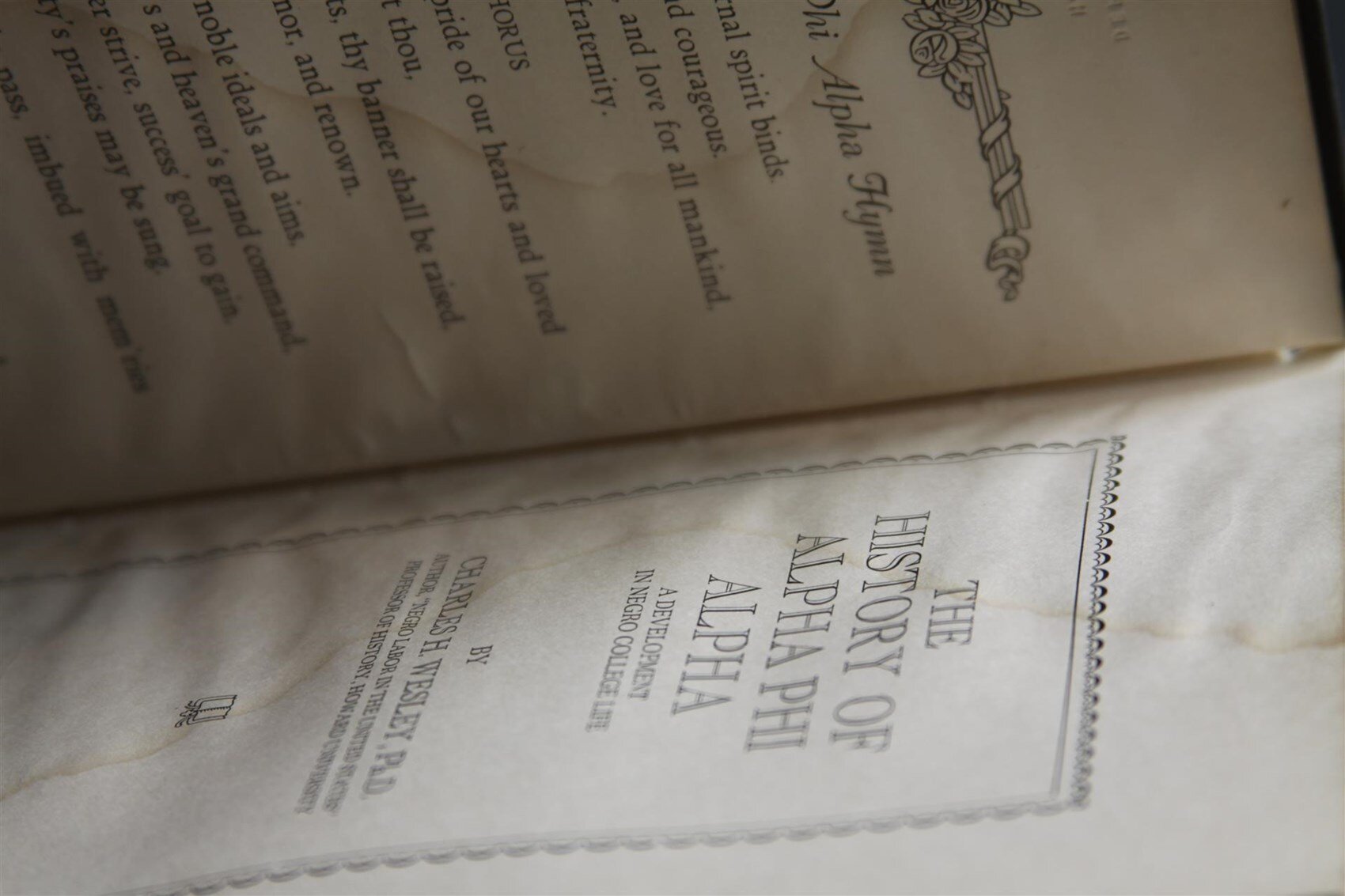
Who Are The Jewels of Alpha Phi Alpha?
On December 4, 1906, it had been decided that the organization known as the Social Study Club during 1905-06, and also as the Alpha Phi Alpha Society since October 23, 1906, should be a fraternity. Two of the original club members, Mr. C. C. Poindexter and Mr. Thompkins, had resigned from the organization on learning that the decision had been made to organize a fraternity, and another Mr. Morgan T. Phillips, who had been active during the previous year, had not returned to school.
Considerable discussion had developed over the names of the Founders of the Fraternity. There has grown up the desire on the part of the friends or relatives to secure honor and place for those who were nearest to them, because of some evidence that the persons were associated with the organization in its incipiency.
The Founders of the Fraternity can be only those persons who initiated the fraternal idea and remained steadfast to their design even in the days of struggle and conflict.
The original seven include those men who were members of both organizations, the Social Study Club, 1905-06, and the Fraternity, 1906-07, who had remained steadfast to the ideal of a Greek-letter Fraternity during the months of uncertainty through which the club was passing, who did not waiver in their efforts to bring about the realization of their vision, and who dared to be pioneers in an untried field of Negro student life. These seven men are the fraternity Jewels.







